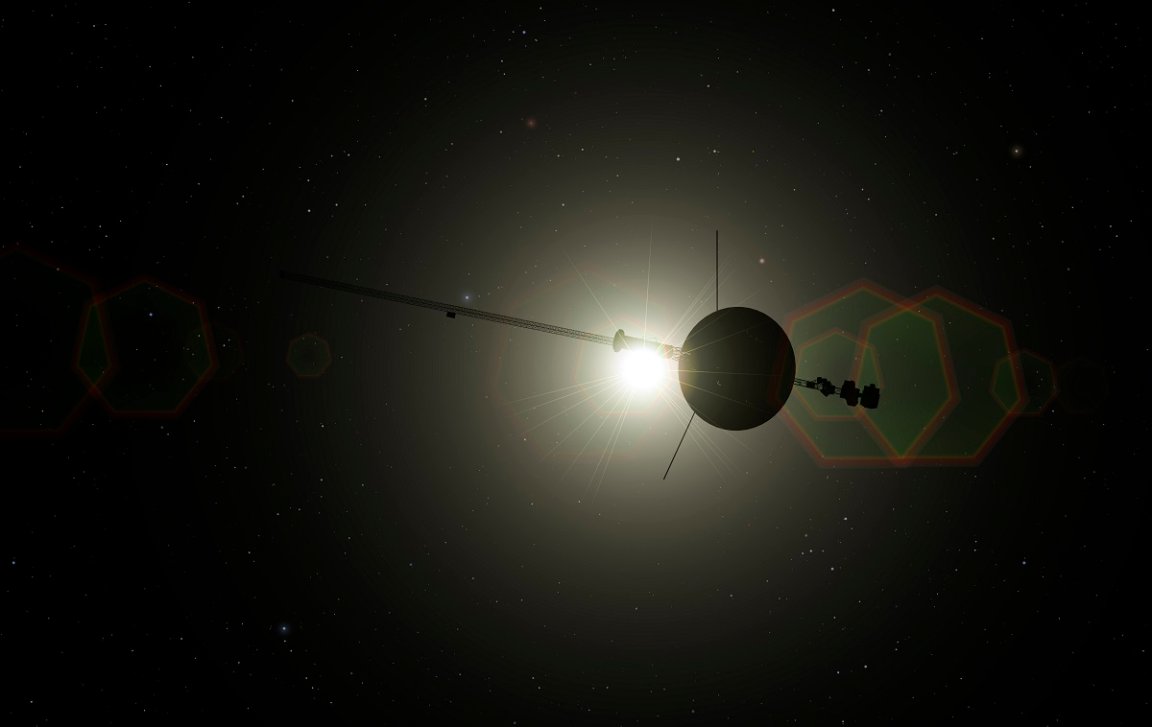
Radio Silence
The Voyager 1 probe refuses to die. But ye olde spacecraft has had some scares during the more recent portions of its 47-and-counting year journey, and NASA engineers are constantly checking in to make sure it doesn’t kick the bucket.
Recently, the space agency announced that it had to perform an intervention to reestablish contact with Voyager on October 24, after one of its two radio transmitters suddenly stopped broadcasting.
Engineers are still investigating the cause of the disruption. In the meantime, they’ve heard back from the probe by activating its other radio transmitter, which hasn’t been used since 1981.
That’s right: a little antenna that hasn’t seen action since the early Reagan presidency is our only link with humankind’s first and most distant spacecraft to enter interstellar space — a testament to the impressive engineering that went into the cosmic wayfarer.
Stacking S-Bands
NASA says that its flight team was first alerted to the issue on October 18, when Voyager 1 didn’t respond to a command sent two days before to turn on one of its heaters (it takes around a day for a signal to travel each way). For some undetermined reason, the fault protection system was triggered instead.
The system took over by lowering the power used by the transmitter, which nudged the X-band signal it emits outside the frequency that NASA’s system of radio antennas, the Deep Space Network, listens for.
The flight team found the diminished signal. But soon after, it went completely dead. It appeared that the fault protection system had activated yet again, and swapped to using the back up S-band transmitter, which uses even less power.
Ol’ Reliable
Fortunately, the bright minds at NASA had correctly hypothesized the cause of the trouble.
Not wanting to risk turning on the X-band transmitter before determining what was wrong with it, they sent a command on October 22 to confirm that the S-band transmitter was online instead. And lo and behold, Voyager 1 responded.
This isn’t even the boldest action that NASA has had to take recently to prop up the sputtering probe.
Last month, the space agency’s engineers pulled off the improbable by firing up a different set of thrusters after the ones in use started failing, thus ensuring that Voyager 1 could keep traveling to the outermost reaches of the Solar System.
It’s still got hundreds of years of celestial sailing to go before it reaches the Oort Cloud, a distant region of icy bodies that stands as the last boundary between our stellar neighborhood and the rest of the Milky Way.
But so far, Voyager 1 has managed to travel an astonishing 15.4 billion miles from our planet. Don’t give up now, little guy.
More on space: Boeing Satellite Exploded Into at Least 500 Pieces of Debris